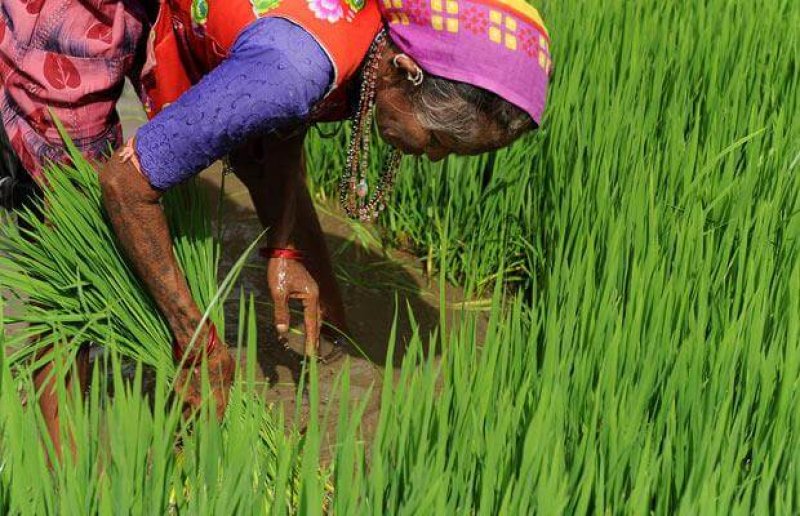Ever-more powerful genetic technologies, such as genome-editing endonucleases and marker-assisted breeding, continue to facilitate the development of genetically modified (GM) crops engineered with complex traits, such as, nutritional quality, climatic resilience and stacked disease-tolerance mechanisms. But in many developing countries, the uptake of these GM products is being jeopardized by the sluggish pace and inadequacy of regulatory oversight. This is a serious concern because developing countries stand to benefit most from the adoption of new varieties of staple GM crops, such as vitamin-enhanced rice and bananas or disease-resistant maize and cassava. Despite the availability of the formal risk analysis framework—which provides all the critical components of risk assessment, risk management and risk communication important for structured regulatory decision making on such products—we believe that policymakers do not always understand the underlying factors behind a risk analysis well enough to facilitate implementation of robust and realistic biosafety practices.
…
In many parts of the world, the perceived risks of GM organisms (GMOs), however slight and poorly quantified, have tended to have a greater impact on framing the structure of their regulatory systems than the overwhelming evidence of these products’ substantial benefits. This situation has been exacerbated by public advocacy groups promoting often unbalanced or uncorroborated stories to stigmatize the use of GMOs in agriculture. As a result, the regulatory governance of GMOs continues to be a major hurdle to their development and acceptance, especially in developing countries.
…
We assert that improved cropbreeding methods are needed to feed the growing world population and to address many of the socioeconomic, environmental and other challenges facing developing countries. In light of recorded benefits of GM crops, and the exciting prospects for recently emerging technologies, it is clear that they could play major roles in advancing some of the UN’s key sustainable development goals, especially goals 2 (end hunger, achieve food security, improve nutrition and promote sustainable agriculture) and 13 (take urgent action to combat climate change and its impact by the year 2030).
Read full, original article: Rationalizing governance of genetically modified products in developing countries































